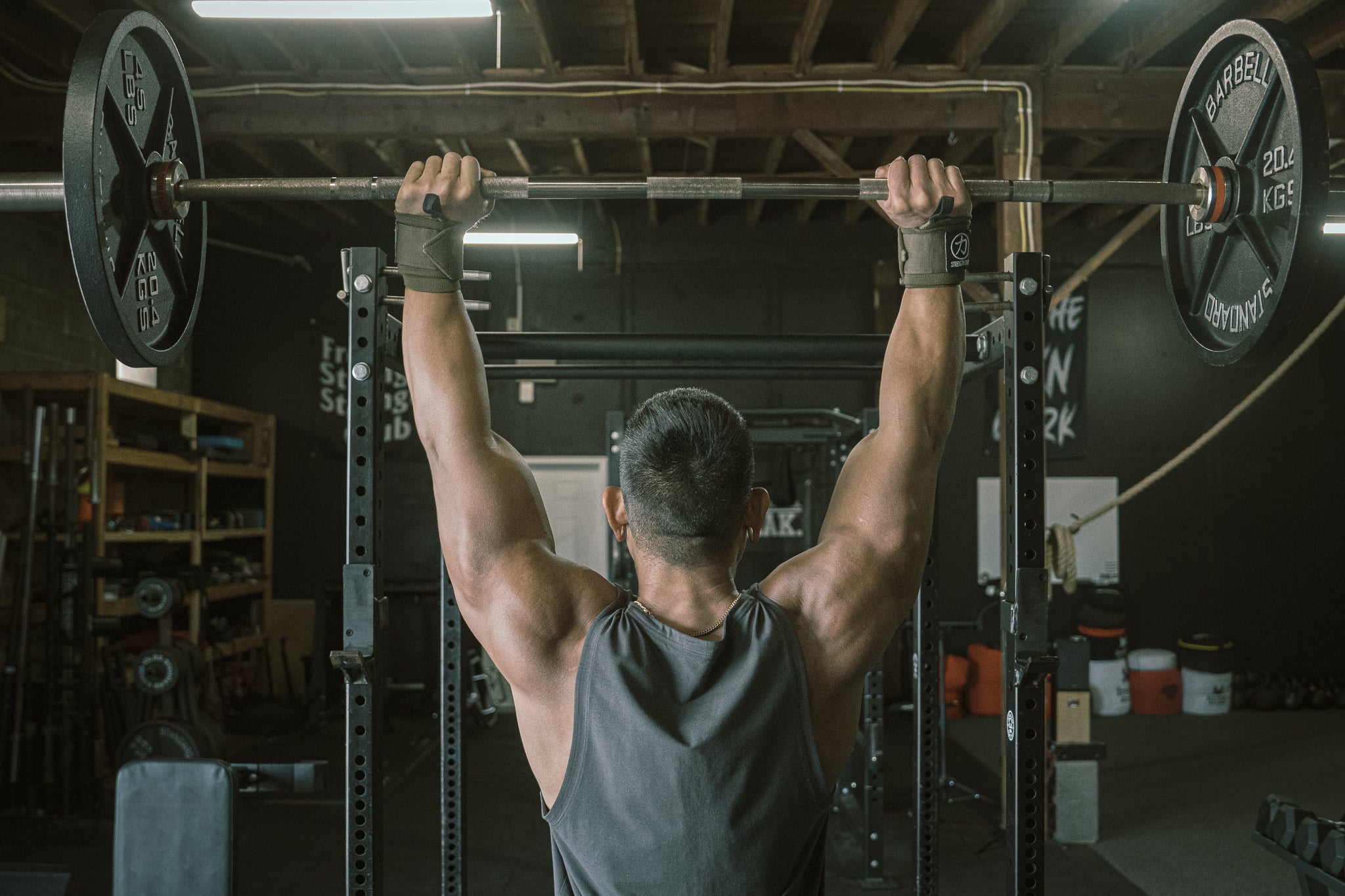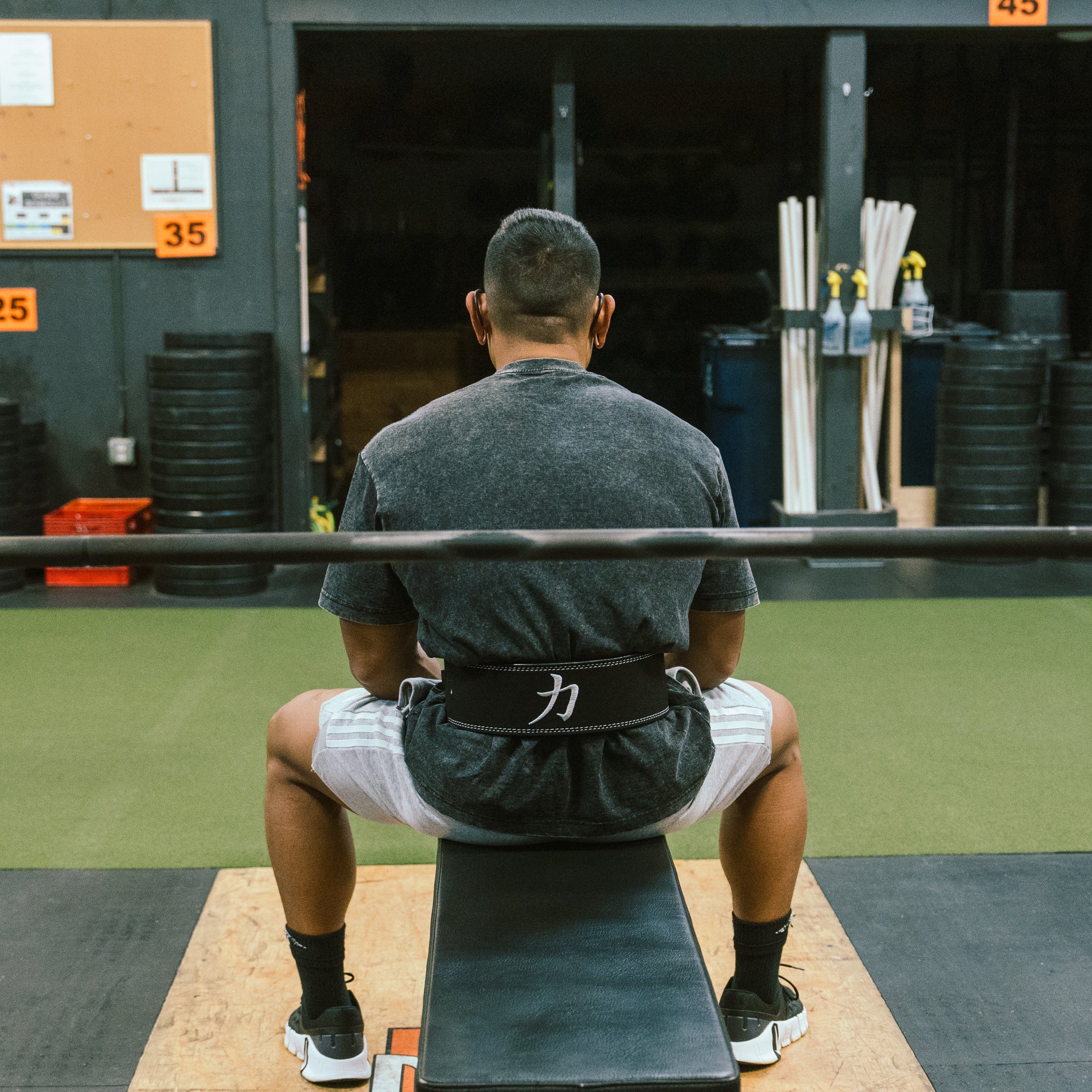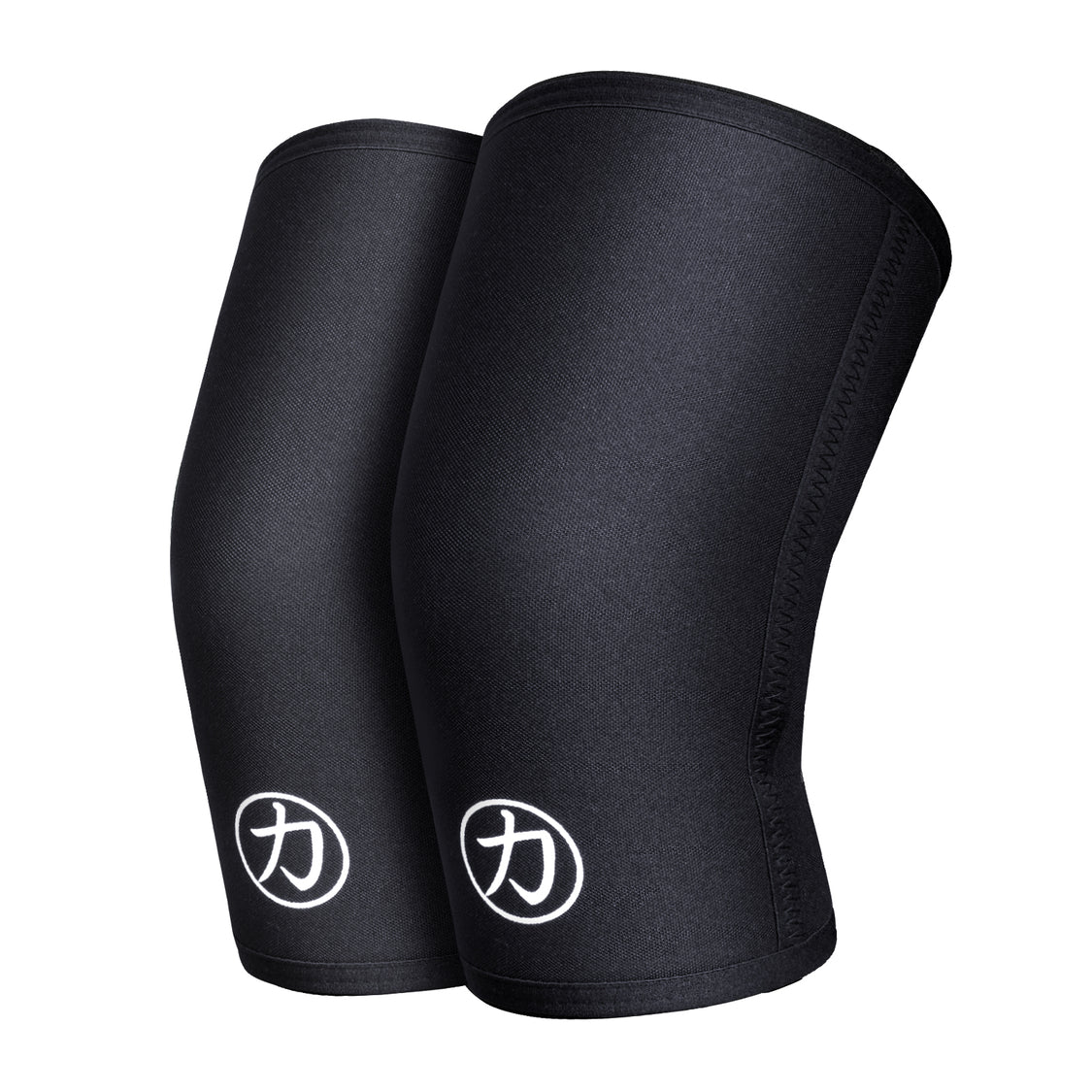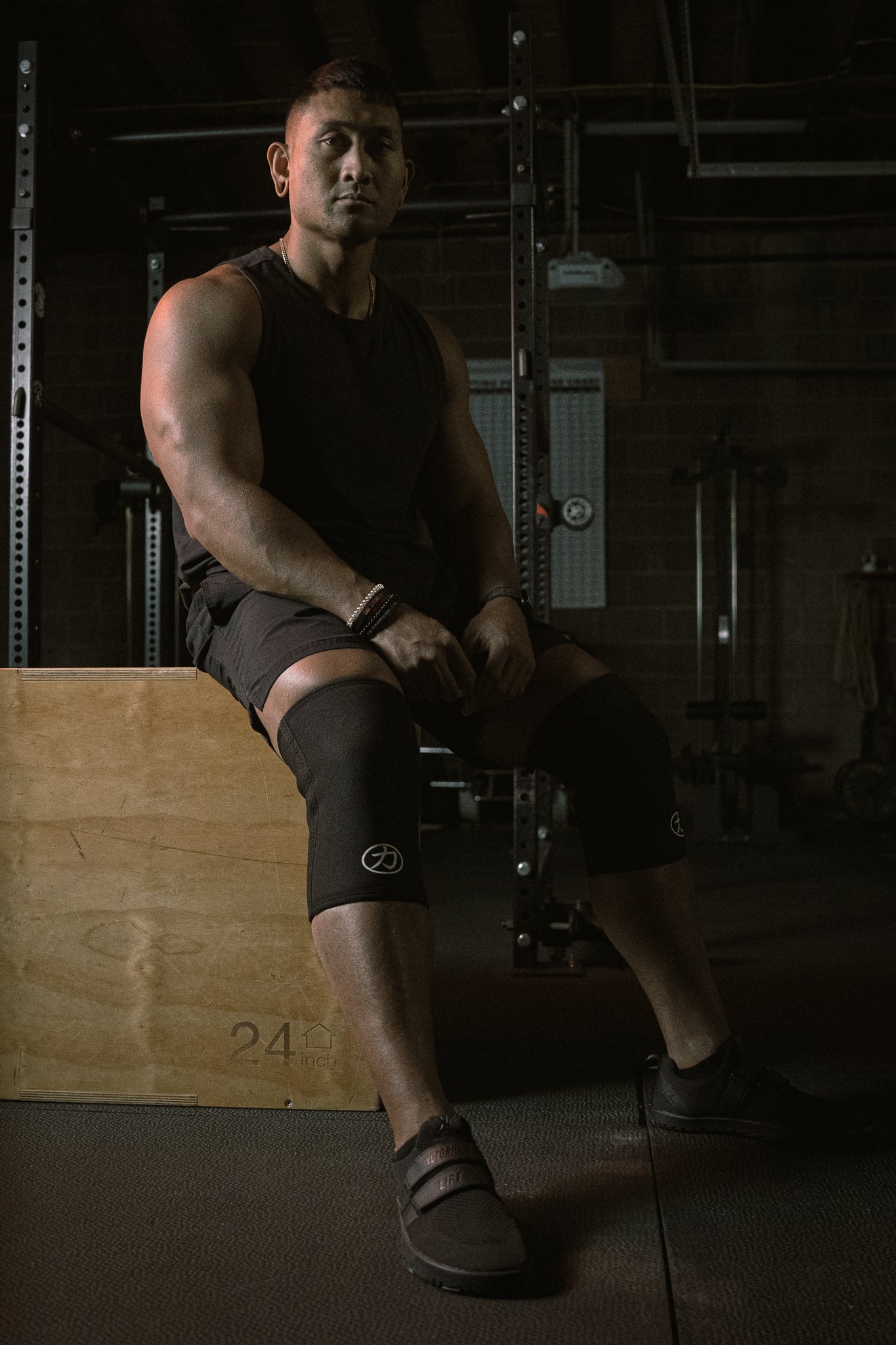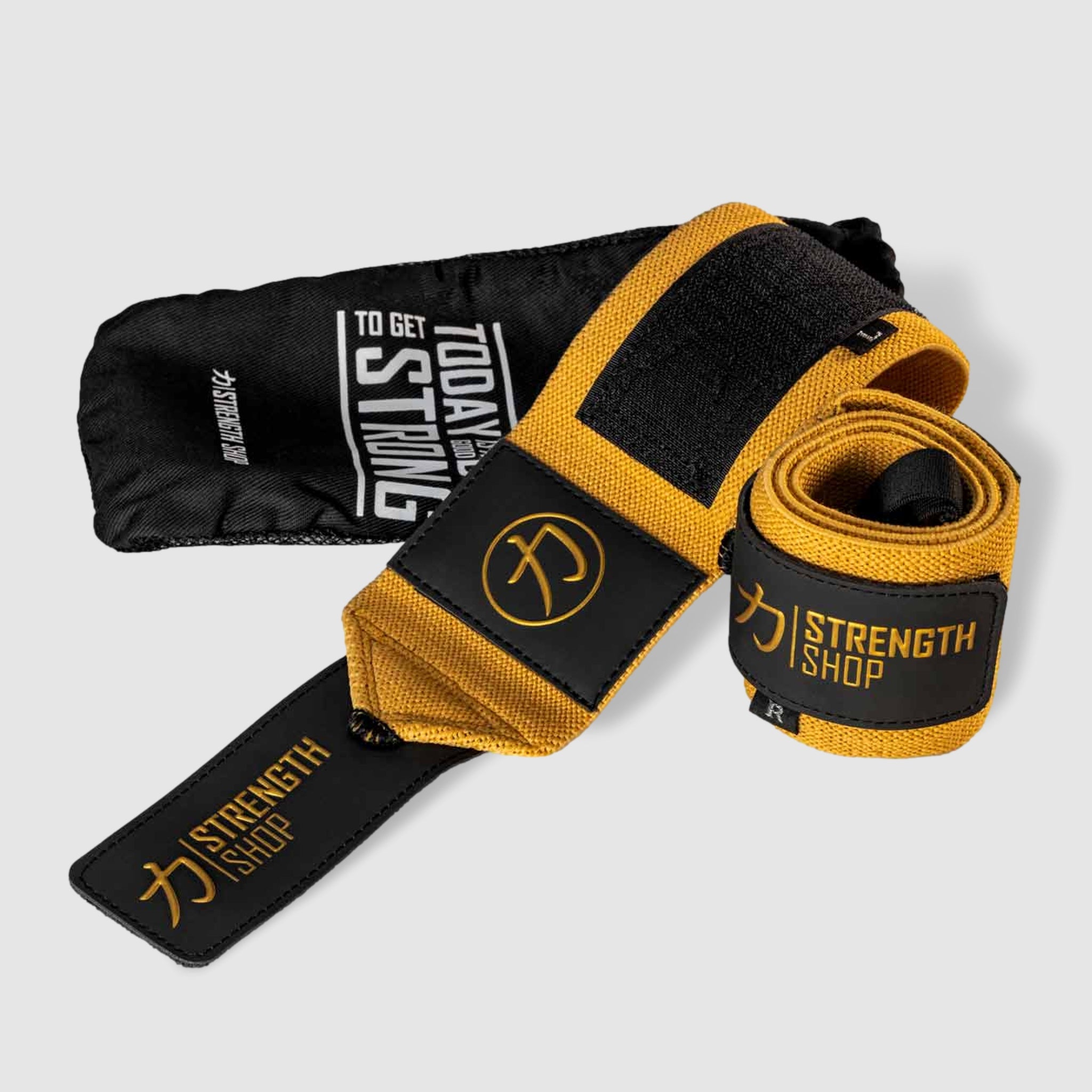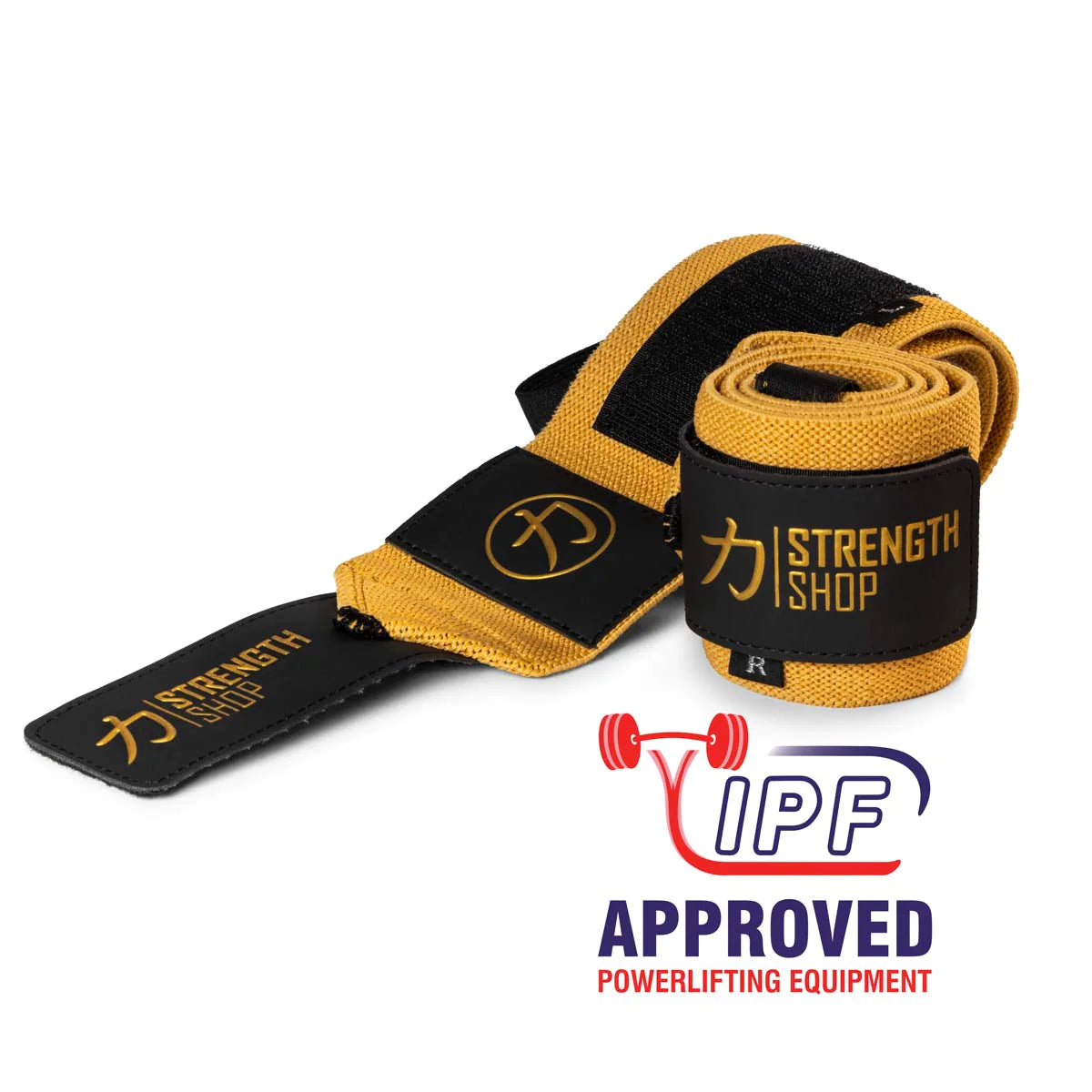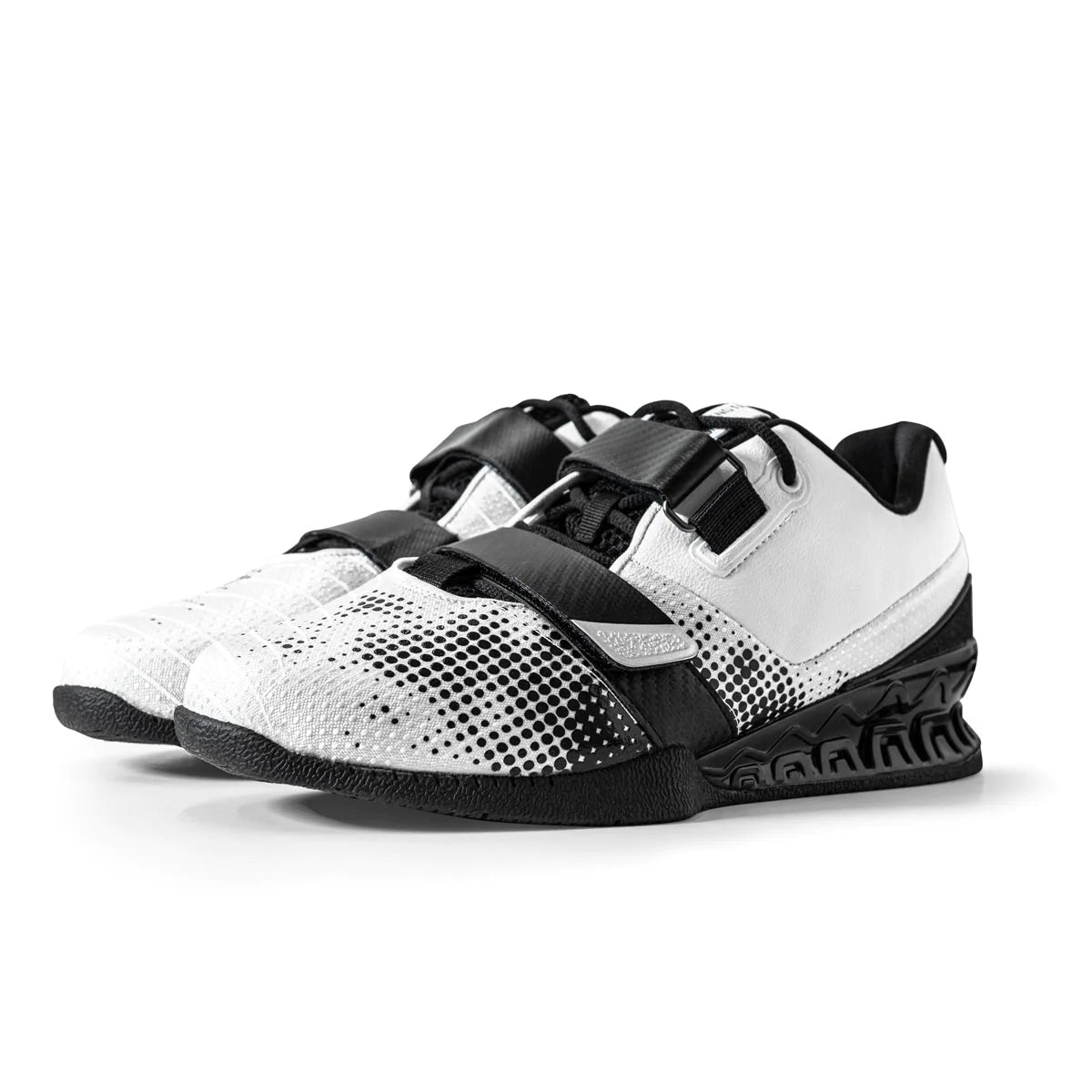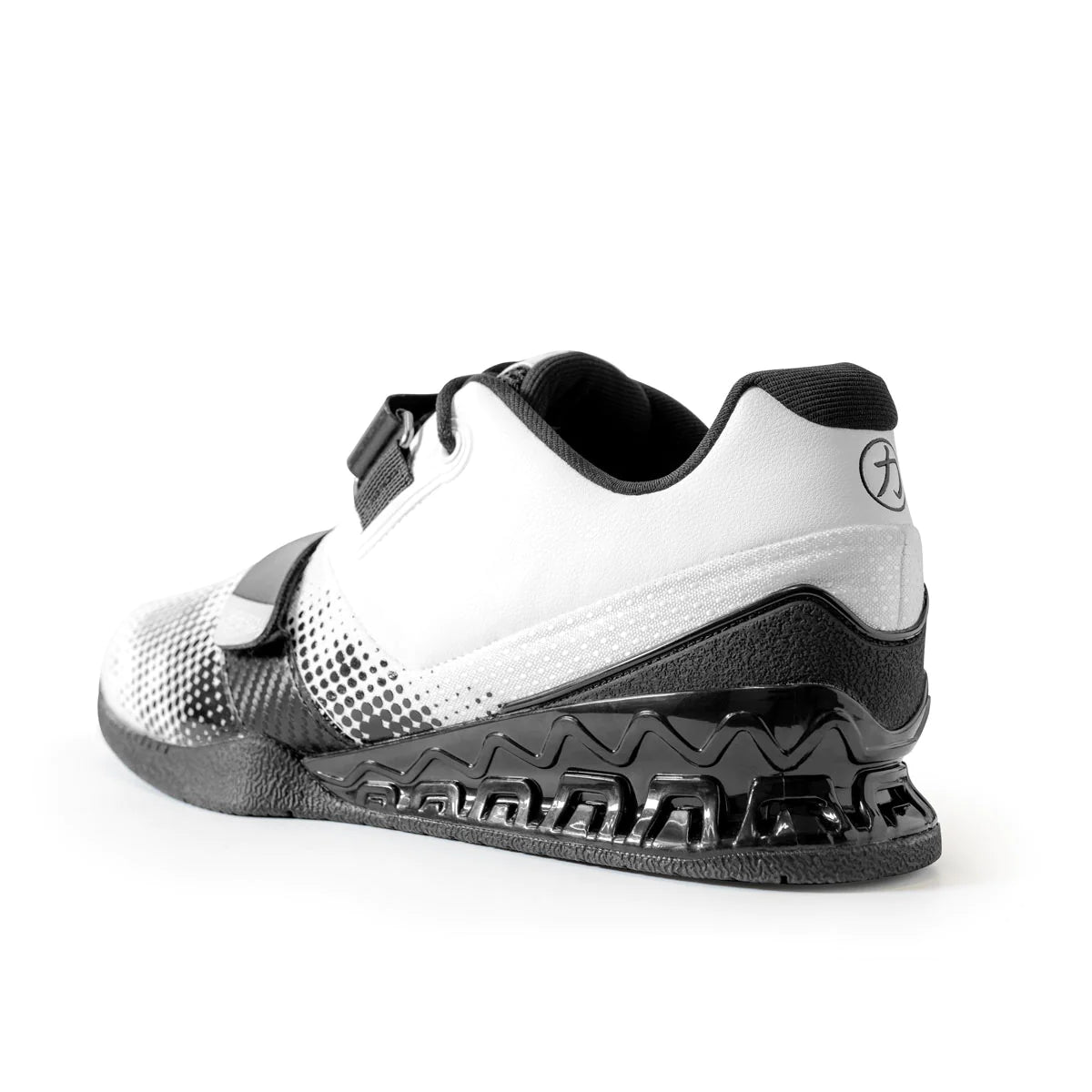Wrist wraps can take your strength training to the next level. But what do wrist wraps do for lifting? As experts in manufacturing high-quality strength training equipment, including wrist wraps, we have the answer for you. Let’s take a look at how wrist wraps can help you lift heavier, maintain proper wrist alignment, and reduce strain during intense workouts.
What Are Wrist Wraps?
Wrist wraps are strong, flexible bands made of elastic, cotton, or synthetic materials. They wrap around your wrist to provide compression and joint support during weightlifting, powerlifting, and strength training.
If you are a competitive powerlifter, pair your wrist straps with a lifting belt, a powerlifting singlet, high-quality powerlifting knee sleeves, and an AIRWAAV mouthpiece to maximize your stability, protection, and performance during your lifts.
How Do Wrist Wraps Work?
Wrist wraps stabilize your joints and keep your wrists in a neutral position. This improves force transfer, reduces strain, and prevents injuries. This allows you to lift with more confidence.
Wrist wraps can:
-
Prevent hyperextension: Stops your wrists from bending too far back under heavy loads.
-
Increase stability: Keeps your wrists strong and steady throughout your lift.
-
Improve performance: Helps you maintain proper form and maximize power.
Benefits of Wrist Wraps for Lifting
Wrist wraps do more than just provide support. They can help you lift heavier, reduce pain, and protect your joints from long-term damage. Let’s take a closer look at their key benefits.
Better Wrist Support
Wrist stability is critical for strength training. When you’re lifting heavy, any weakness in your wrists can lead to poor form and potential injuries. Wrist wraps create a firm, supportive structure that helps you maintain control.
With better wrist support, you can handle heavier weights with confidence and minimize unnecessary movement that could put stress on your joints.
If you compare wrist wraps vs. lifting straps, wrist wraps support your wrists during presses, while lifting straps improve your grip for pulls like deadlifts and rows.
Prevention for Wrist Pain and Injuries
Lifting heavy weights places a lot of pressure on your wrists. Over time, this can cause pain and even lead to chronic conditions. Wrist wraps support your wrist joints, reducing stress on your ligaments and tendons while keeping your wrists in a safe position.
If you’ve ever experienced discomfort after bench pressing or overhead pressing, wraps can provide instant relief by stabilizing the wrist joint and preventing excessive bending.
Improved Performance
Strong wrists translate to stronger lifts. By keeping your wrists stable, wraps help improve force transfer. This means that more power goes into your lifts rather than being lost in wrist movement.
With less strain on your wrists, you can lift more weight, increase repetitions, and push past sticking points in your training. Wrist wraps act similar to deadlift shoes since the shoes offer a firm, non-compressible sole for better stability and power transfer, leading to a perfect setup for safer, more effective heavy lifting.
Reduced Strain on Ligaments and Tendons
Overuse injuries are common in weightlifting. Without proper support, your ligaments and tendons can become overstressed, leading to inflammation and pain. Wrist wraps distribute the load more evenly, preventing excessive strain and helping you avoid long-term injuries.
If you incorporate accommodating resistance techniques — such as bands or chains in your lifts — wrist wraps become even more valuable. They give you extra joint stability as the resistance changes throughout the movement.
When to Use Wrist Wraps
Wrist wraps are not meant for every lift, but they’re very useful when you deal with heavy weights or high-intensity training. Knowing when to use them can help you get the most out of your workouts.
For Heavy or Max Lifts
When lifting 75%-80% of your one-rep max (1RM), wrist wraps provide much-needed stability. At high loads, even a slight misalignment can lead to injury. You can also use wrist wraps during squats to support your wrist joints, especially if you place the bar in a low-bar position. Pair your wrist wraps with a lifting belt during squats for additional support.
For Pressing Movements
Bench presses, overhead presses, and push presses put a lot of strain on your wrists. Wrist wraps help maintain proper positioning. This allows you to push more weight without discomfort or injury.
For Increased Weight or Intensity
If you’re progressively overloading or pushing for new personal records, wrist wraps can help support your joints as you increase your lifting capacity. They provide extra security so you can focus on form and performance.
As part of your strongman gear, wrist wraps work alongside other important equipment like lifting belts, knee sleeves, and lifting straps to keep you stable and protected during heavy lifts.
For Injury Recovery
If you’ve had a wrist injury, wrist wraps can offer additional support during rehab. They stabilize the joint, limit excessive movement, and protect healing tissues. This allows you to keep training safely.
When Not to Use Wrist Wraps
While wrist wraps are great for heavy lifting, you don’t need to use them all the time.
-
Light lifting: Wrist wraps are not necessary during warm-ups or low-weight sets. This is a good time to allow your wrists to move through a full range of motion.
-
Mobility training: If you’re working on wrist flexibility or rehab, wearing wraps can restrict your movement and slow your progress.
How to Use Wrist Wraps Correctly
To get the most out of your wrist wraps, you need to wear them properly. Follow these steps to wrap them properly and adjust them based on your training needs.
Step 1: Position the Wrap Correctly
-
Place the wrap just above your wrist joint — not too high on the forearm or too low on the hand.
-
Make sure the wrap covers the base of your palm to support your wrist during heavy lifts.
Step 2: Secure the Wrap
-
Insert your thumb through the loop (if your wraps have one) to hold them in place.
-
Begin wrapping around your wrist, keeping the material snug but not overly tight.
-
Secure the end using Velcro or a fastening system. Make sure it’s firm but allows for good circulation.
Step 3: Adjust for Different Lifts
-
For pressing movements (bench press, overhead press): Wrap tightly for maximum wrist stability.
-
For dynamic movements (Olympic lifts, snatches, cleans): Keep your wraps slightly looser for better mobility and flexibility.
-
For heavy lifts (squats, deadlifts with wrist strain): Use a firm wrap to stabilize your joints and reduce stress.
Step 4: Check for Proper Fit
-
Your wrist should feel supported, but you should still be able to move your fingers freely.
-
If your hand tingles or goes numb, loosen the wrap slightly.
-
If the wrap shifts too much during your lift, tighten it slightly for better stability.
Step 5: Remove Wraps Between Sets
-
Take off your wraps between sets to maintain your circulation and prevent overuse.
-
Only wear them when you need them so you don’t waste time wrapping and unwrapping unnecessarily.
How to Choose the Right Wrist Wraps
Not all wrist wraps are the same. The right wrap depends on your training goals and lifting style. Let’s look at what factors you need to consider.
Consider Length and Stiffness
Wrist wraps come in different lengths and stiffnesses, affecting their level of support.
-
12 inches: Best for lighter lifts, bodybuilding and competitive lifters with very small wrists.
-
24 inches: Gives you a high amount of support, great for general strength training and competition. This is the ideal length for the majority of adult athletes.
-
36 inches: Provides you with maximum support, ideal for powerlifting if you have very large wrists.
Frequently Asked Questions
Are wrist wraps necessary for weightlifting?
Wrist wraps help stabilize your wrists and reduce your injury risk during heavy lifts. They’re essential for pressing movements and high-intensity training.
When should I use wrist wraps?
Use wrist wraps during heavy lifts (75%-80% of your 1RM), pressing movements, or if you're recovering from a wrist injury.
Can wrist wraps help me lift more weight?
Yes. Wrist wraps provide stability, allowing better force transfer and reducing wrist strain. This helps you lift heavier weights with better form.
What’s the difference between wrist wraps and lifting straps?
Wrist wraps support your wrists, while lifting straps help you grip the bar. Weighlifters use straps for pulling exercises like deadlifts, while wraps are mainly for pressing movements.
How tight should wrist wraps be?
They should be snug but not overly tight. If your hands feel numb or tingly, they’re too tight. Adjust based on the lift and your comfort level.
Can wrist wraps prevent injuries?
Yes, wrist wraps help prevent injuries by stabilizing your joints and reducing strain. However, you should not rely on them as a substitute for proper technique.

